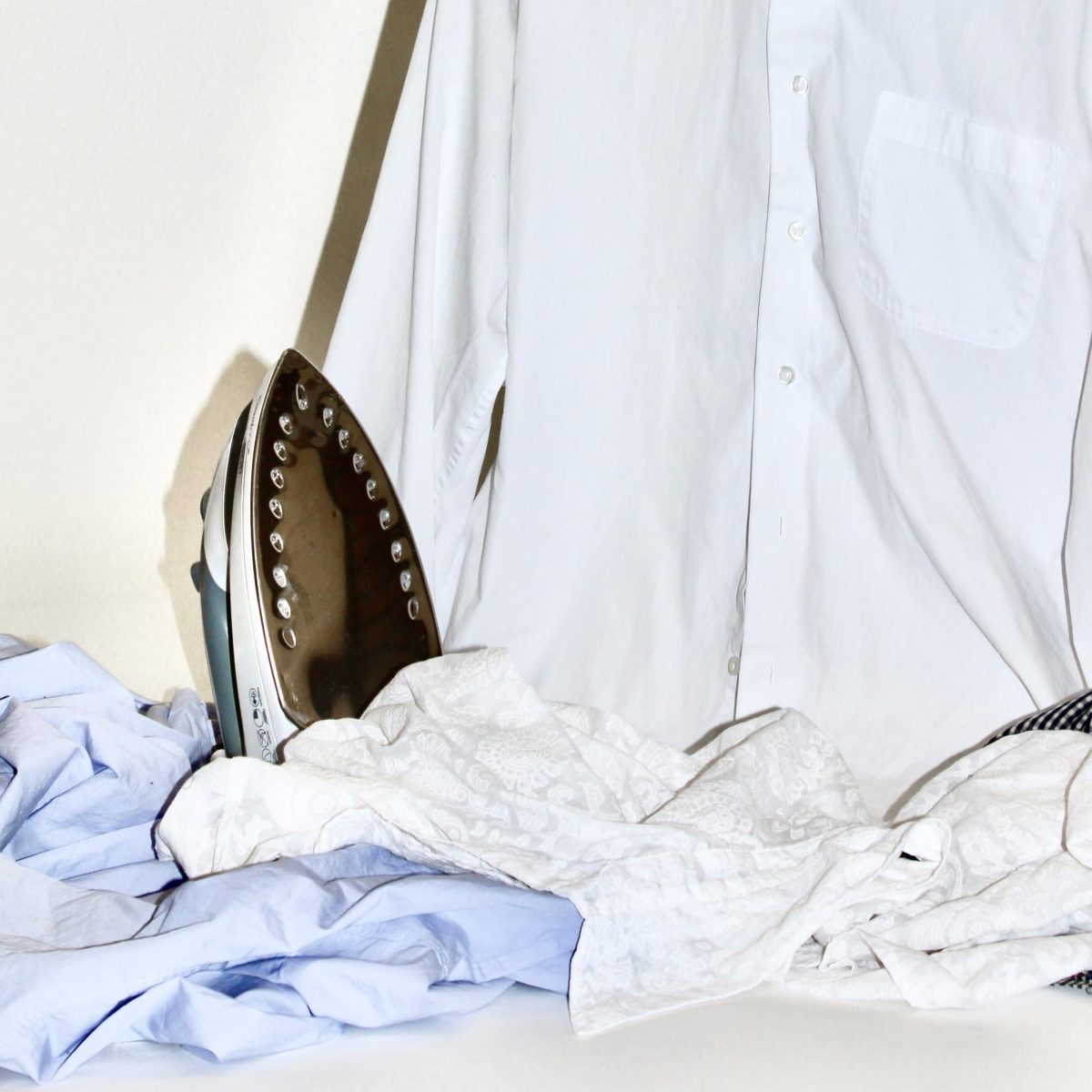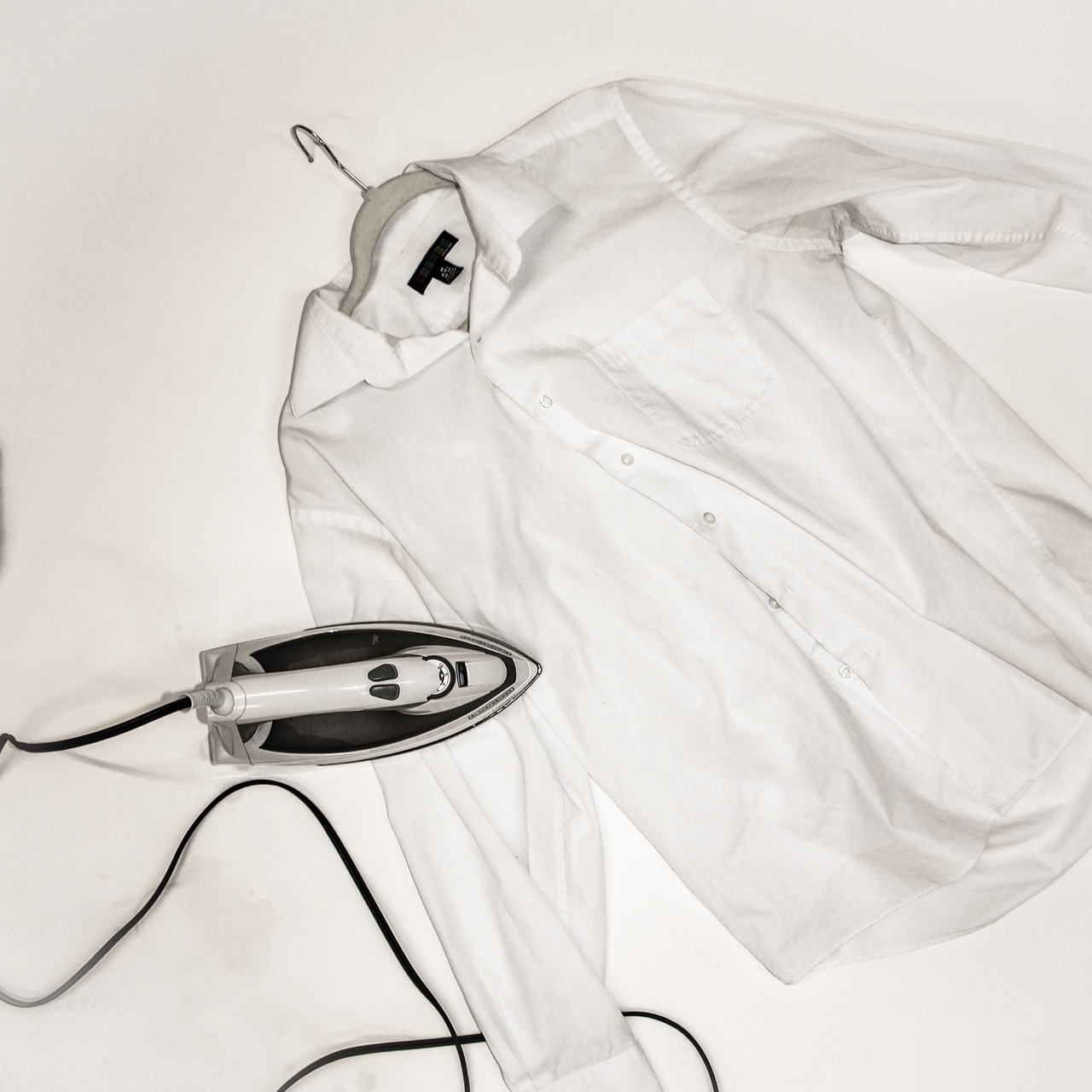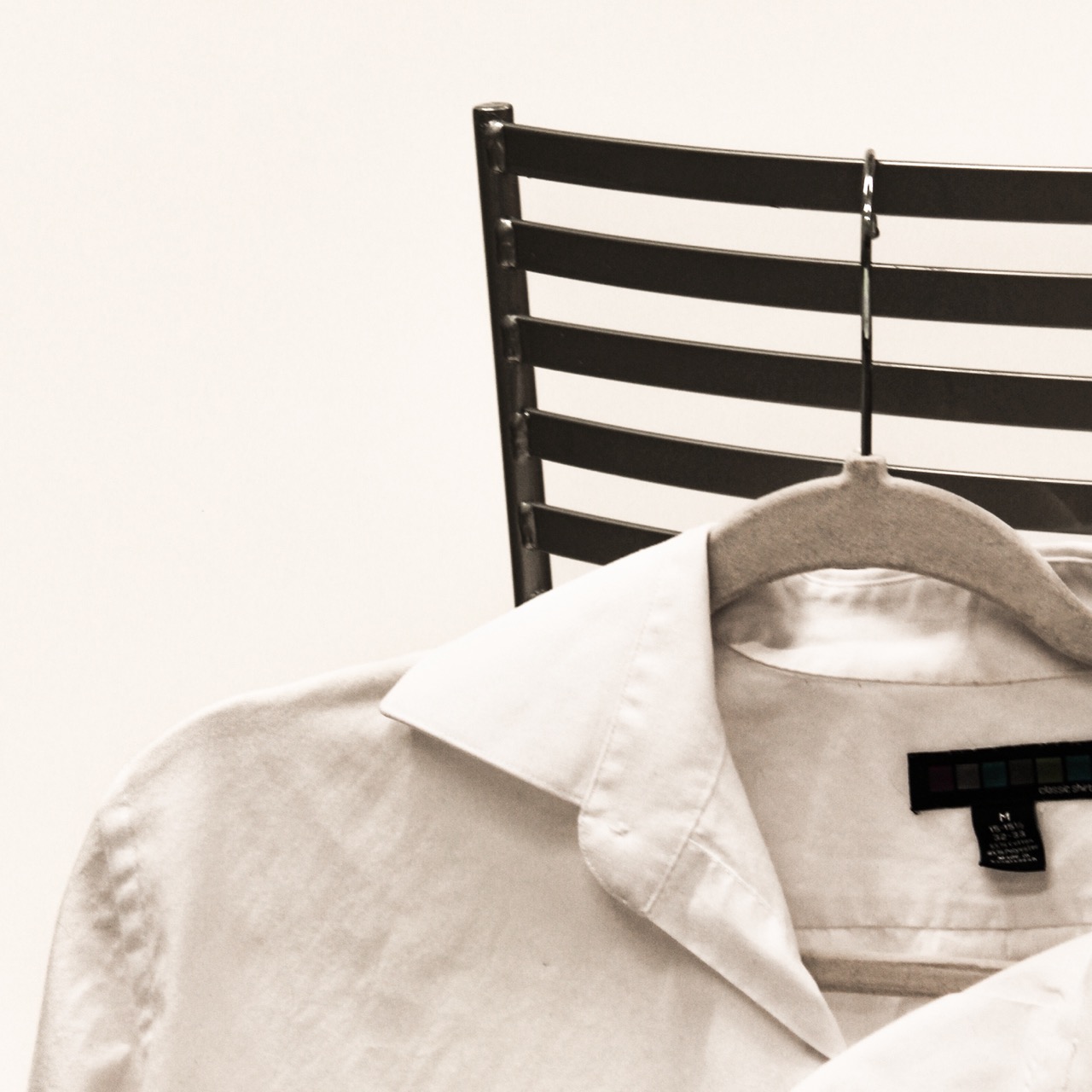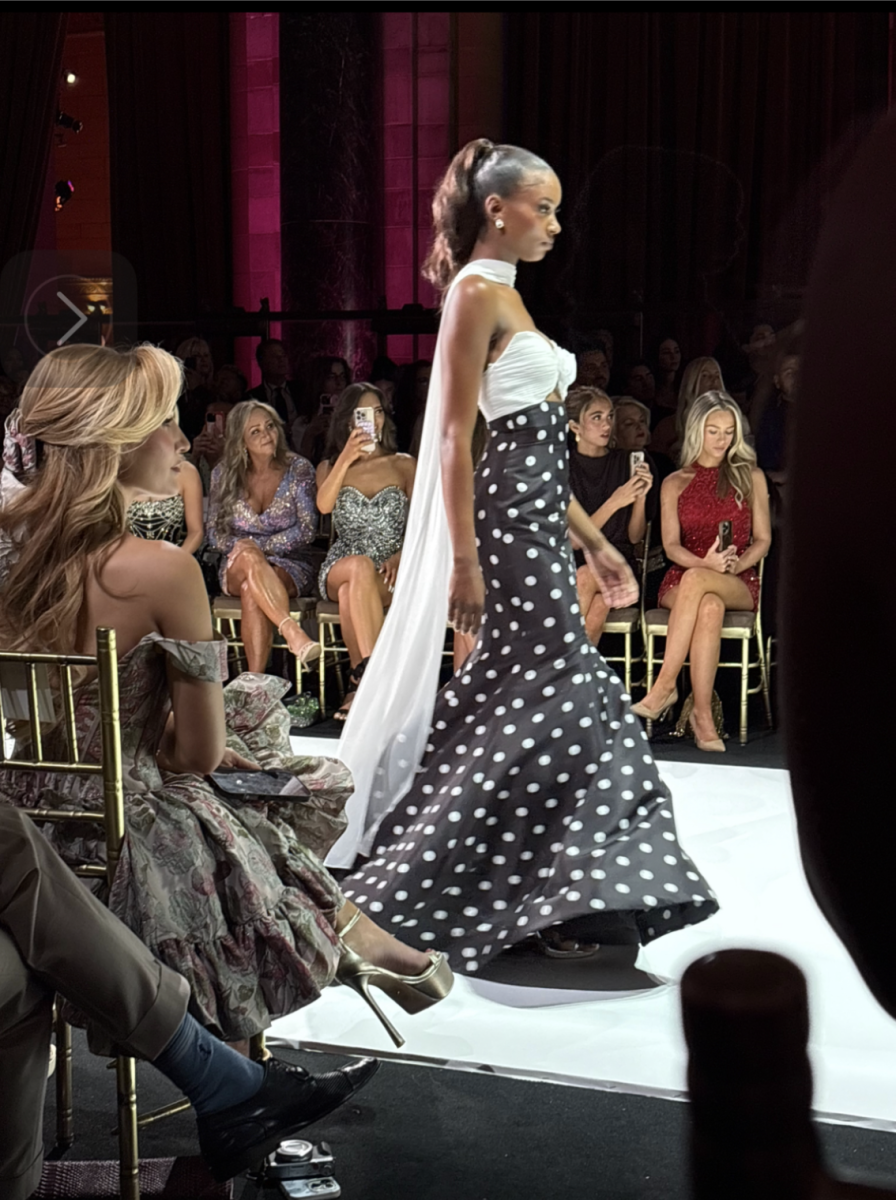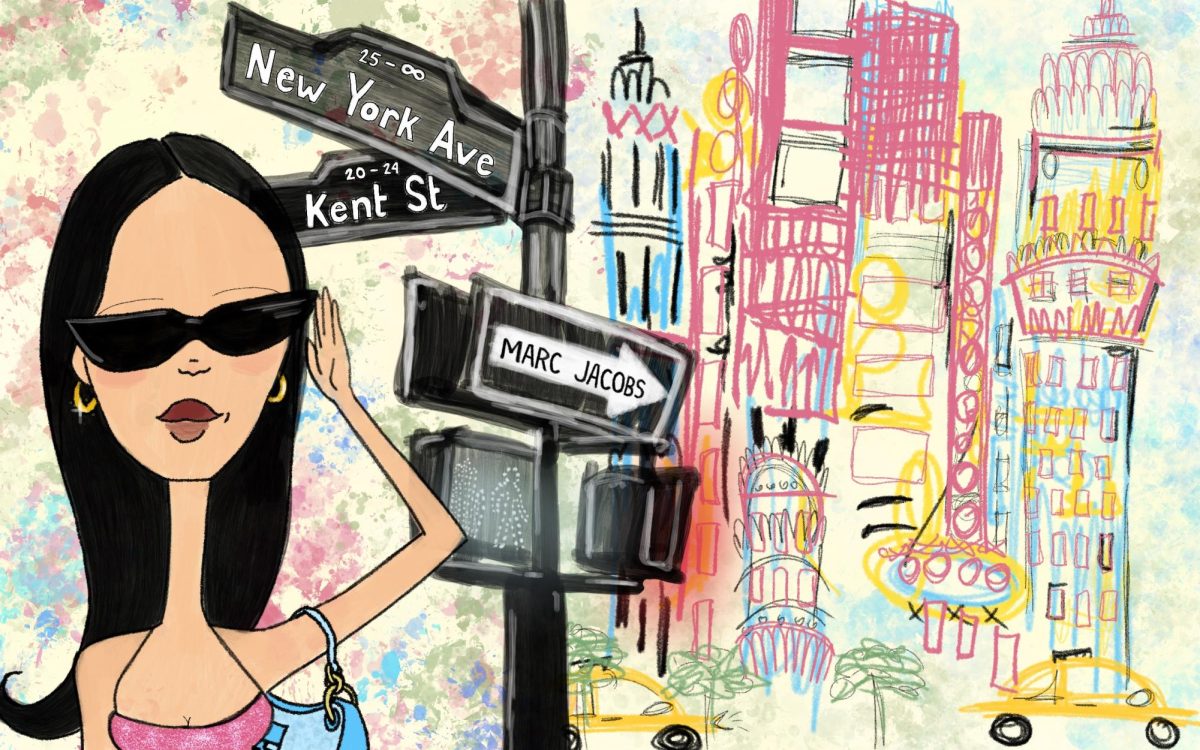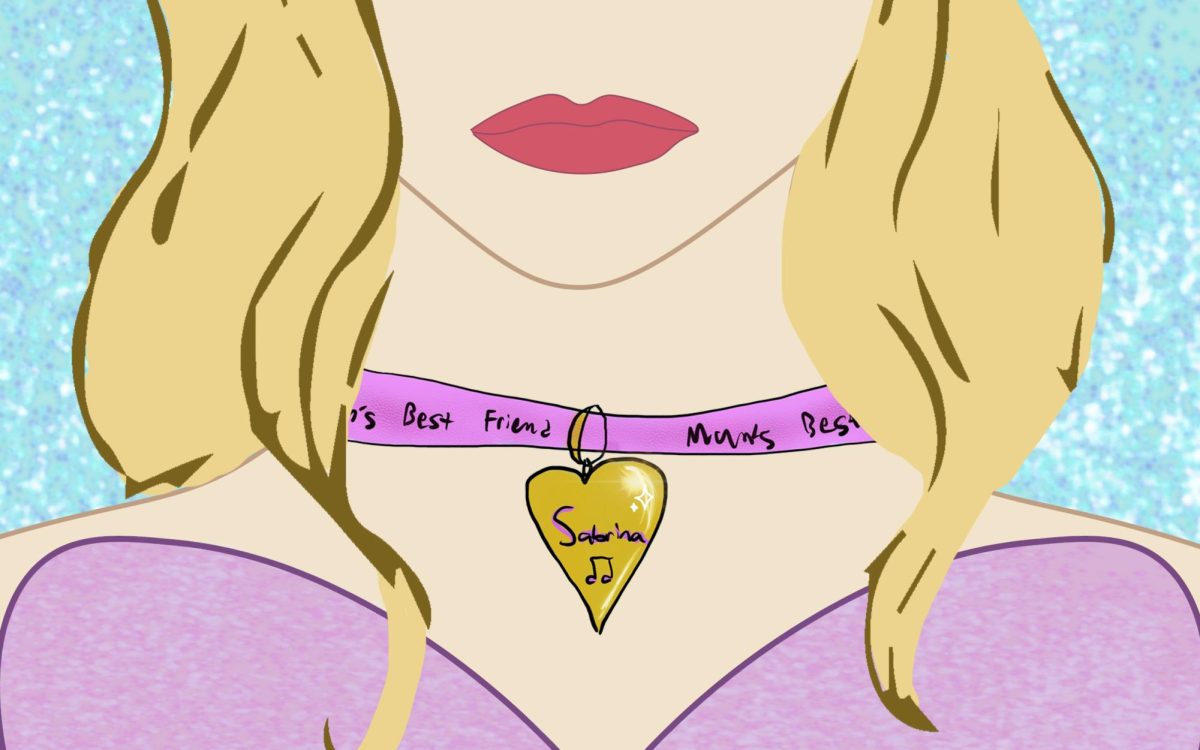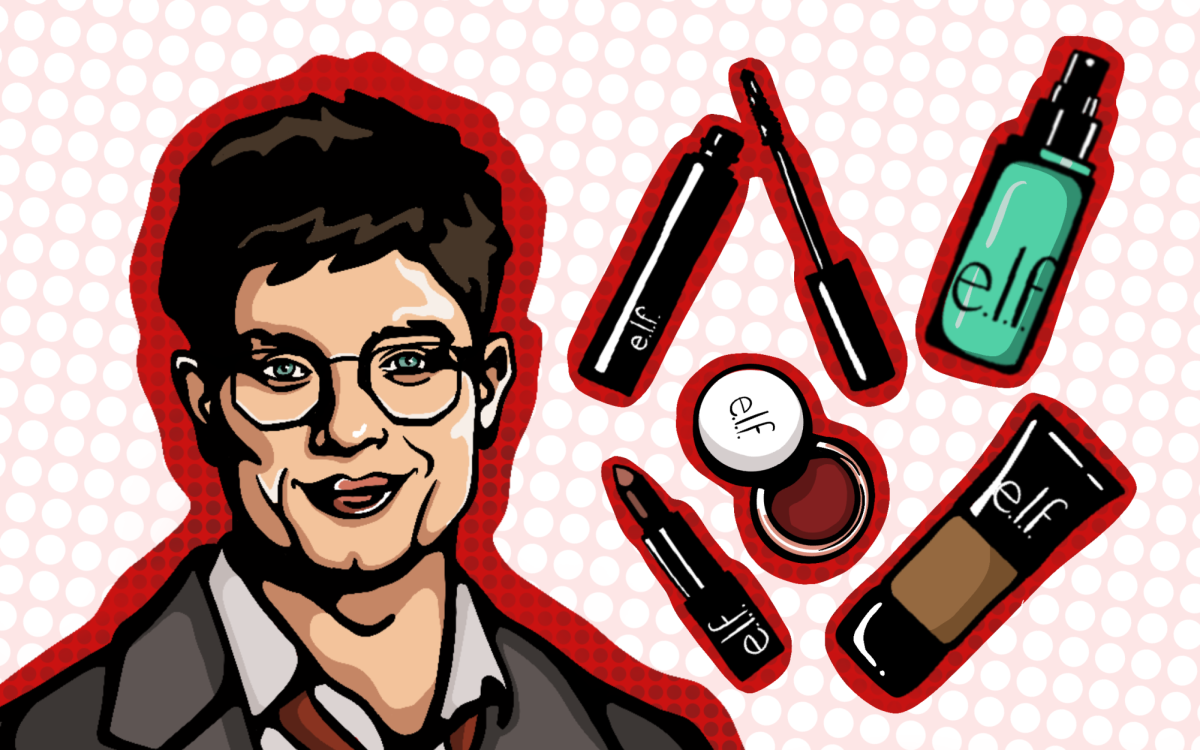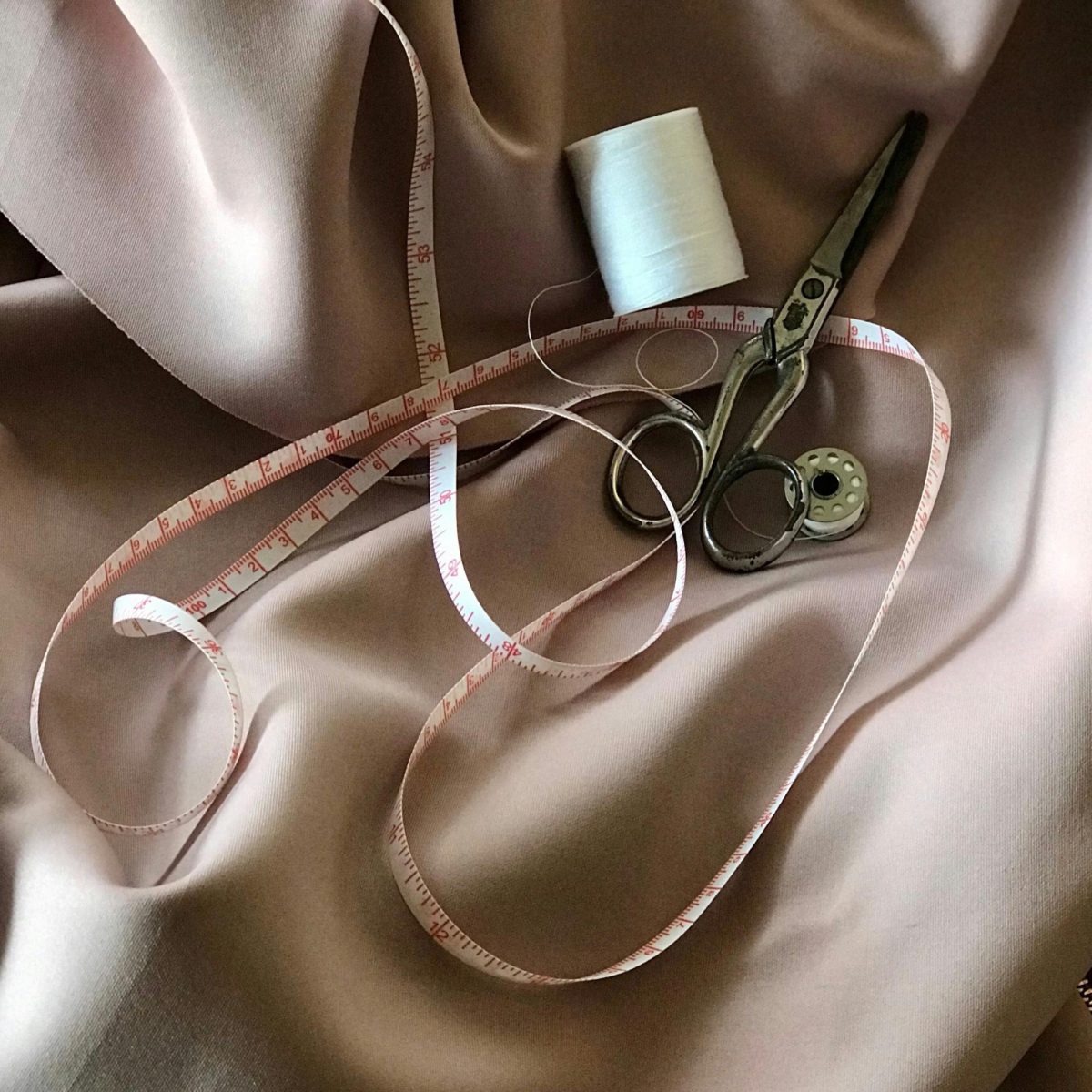Looking at the tag of almost any piece of clothing in someone’s closet will yield a tag saying, “Made in China” and the materials listed to make the garment, most likely cotton and cheap polyester. A t-shirt at Target can run an affordable price of $15, attainable for almost any budget. But the darker side of affordability is the decrease in quality the clothing industry has experienced over the last 100 years.
In the article “Quality over Quantity: How the Fashion Industry Has Changed Over the Years,” Kiley Marrow says, “In the 1970s, the average household would invest about 10% of its income in clothing, including shoes. Each family member would, on average, have about 25 pieces in their collection. 10% of revenue in those days is equivalent to $4,000 in today’s economy. Today, the average household spends 3.5% of its income on shoes and clothes, about $1,700 a year. However, the number of garments has increased to around 70 pieces for each person in the household.” This information provides us with the evidence to say that most Americans are holding more value in the quantity of clothing over the quality. Culturally, we are encountering a shift of valuing more options to choose from, rather than pieces that will stand the test of time.
That $15 t-shirt you just bought at Target looks great on the first wear, but after a few washes, it stretches or shrinks and it’s no longer as cute as it was when you first purchased it. That t-shirt will most likely end up at a secondhand store or in a landfill, having a short-lived life. The decreasing quality of clothing doesn’t just affect the consumer over time, but also the environment. According to SustainYourStyle, the fashion industry is the second largest polluter in the world, following closely behind the oil industry. This pollution and environmental damage is only increasing with the growth of the fashion industry.
Historically, and since the boom of the industrial revolution, manufacturability has been the main motivation behind clothing production. Prior to automated machinery, people generally made their own clothes, or if they were wealthy enough, had them handmade by someone else. The materials used were of high quality and craftsmanship to ensure the piece would last as long as possible. As machines started to take over the industrial world, cheaper materials began to be imported and custom-made garments became a rarity. According to Izzy Ramirez in the article, “Your Stuff is Actually Worse Now,” “industrial designers often focus on three things: appearance, functionality, and manufacturability. That last part is where the most change is happening.”
Dr. Sara Hume, Professor and Curator at the Kent State University Fashion Museum said, “By the 1970s synthetics such as polyester were increasingly widespread. Then, in the 21st century there has been an explosion in the amount of spandex. It is very difficult now to find clothing that isn’t made of a blend, rather than pure cotton, linen, wool or silk. Synthetic materials don’t last as long as natural materials, there is increased pilling and degradation as they are washed.” Dr. Hume also points out that clothing in general has been drastically simplified with ready-to-wear becoming increasingly more popular in recent decades. This involves using fabrics that would fit more body types which in turn results in cheaper or blended fabrics.
When asked if it was better to buy clothing that will last the test of time, Dr. Hume replied, “financially it is better to have fewer pieces that will last longer. But more importantly this is more sustainable for the environment. There is a high cost to the environment to produce clothing–the amount of chemicals and resources to make textiles then to ship the finished products to the consumer.”
Considering how the clothing industry affects our environment and our finances, people might consider returning to the old ways of investing more in fewer pieces of clothing and wearing them for longer periods of time. Buying quality clothing made from pure materials and having it tailored can be expensive, but in the long run, the consumer is benefiting overall.
Support Student Media
Hi! I’m Annie Gleydura, A Magazine’s editor-in-chief. My staff and I are committed to bringing you the most important and entertaining news from the realms of fashion, beauty and culture. We are full-time students and hard-working journalists. While we get support from the student media fee and earned revenue such as advertising, both of those continue to decline. Your generous gift of any amount will help enhance our student experience as we grow into working professionals. Please go here to donate to A Magazine.

